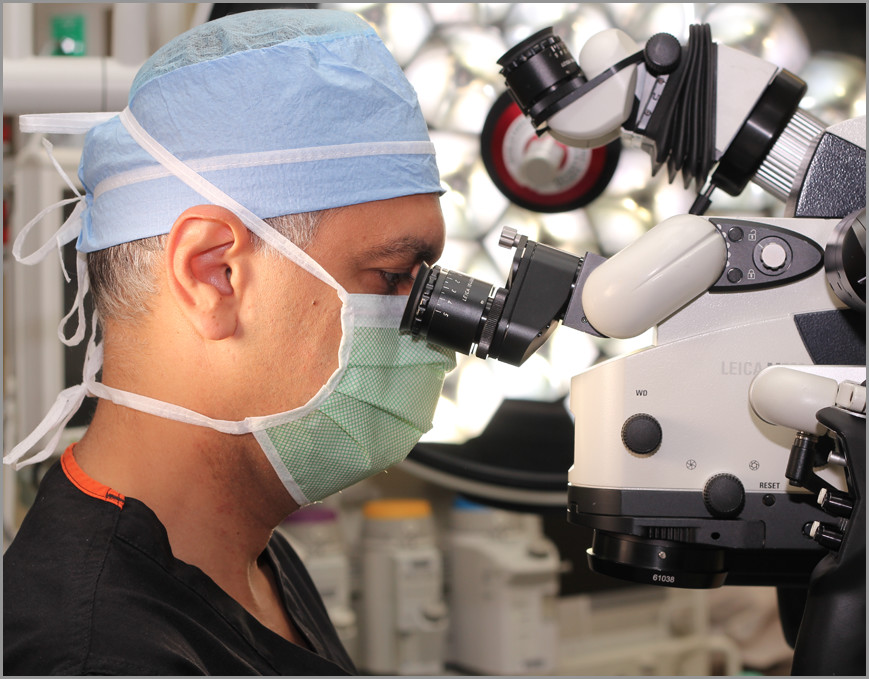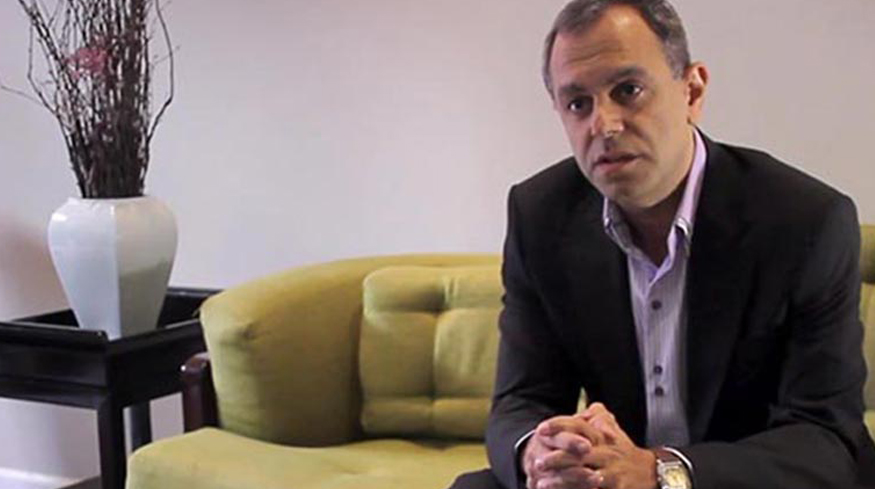 Chiari malformation is a spinal condition that is classified into four types based on the severity of the anatomical abnormality. Type II, III, and IV often involve more serious complications that must be addressed at birth. Type I and II, or Chiari I Malformation or Chiari II Malformation is typically treated by a spine surgeon who is a neurosurgeon on a non-emergent basis. Surgery to relieve the pressure on the back of the head is an effective, well-established treatment for this condition. In most cases, the surgeon explores the bottom of the brain and top of the spinal cord to make sure of the adequate treatment during surgery.
Chiari malformation is a spinal condition that is classified into four types based on the severity of the anatomical abnormality. Type II, III, and IV often involve more serious complications that must be addressed at birth. Type I and II, or Chiari I Malformation or Chiari II Malformation is typically treated by a spine surgeon who is a neurosurgeon on a non-emergent basis. Surgery to relieve the pressure on the back of the head is an effective, well-established treatment for this condition. In most cases, the surgeon explores the bottom of the brain and top of the spinal cord to make sure of the adequate treatment during surgery.
Symptoms of this injury can mimic many of the spinal conditions such as back pain, arm pain, arm or leg numbness, difficulty with balance, severe neck and head pain. If it is not identified by a neurosurgeon and adequately treated, other unnecessary surgeries may make the patient more symptomatic. Learn more about symptoms and treatment options on WebMD‘s Chiari Malformation page.
At ProMedSPINE, board-certified neurosurgeons specialize in orthopedic and neurological spine surgery and pain management. Our doctors take pride in offering the most sophisticated technology and cutting-edge minimally invasive spine procedure to provide the highest quality of care for our patients. To learn more about our comprehensive treatment approach to chiari malformations or to schedule an initial consultation with one of our expert spine surgeons, please call 888-75-SPINE.
Symptoms and Complications of Chiari Malformation
Symptoms of Chiari I Malformation usually begin to appear in late childhood or adulthood and may include the following:
- Headache at the back of the head, often precipitated with sudden coughing, sneezing, or straining
- Pain or numbness in the face, arms, or legs
- Dizziness
- Double vision
- Unusual eye movements
- Difficulty swallowing
- Ringing in the ears
- Weakness
In some cases, the condition can be a progressive disorder leading to more serious complications including paralysis or syringomyelia, a form of cyst within the spinal column that impairs spinal cord function.
Diagnosing the Condition
If Chiari malformation or another spinal condition is affecting the brain, your surgeon will order the appropriate imaging studies. The definitive diagnostic tool is magnetic resonance imaging (MRI), which produces high resolution images of the skull and can detect expansion of the cerebellum into the spinal canal. Advanced and specific types of MRI tests are needed to specifically look for Chiari Malformation and its cause.
Treatment
The goal of surgery for symptomatic Chiari malformation is to reduce pressure on the lower brain tissue and restore the normal flow of fluid through the spinal cord. During the procedure, known as posterior fossa decompression, an expert neurosurgeon removes small sections of bone at the base of the skull and the back of the first vertebrae to relieve pressure on the spinal cord. A small opening is then made in the dura, the tough protective layer around the spinal cord, to relieve even more pressure. A special patch made of processed membrane is placed over the opening in the dura and fixed in place. This allows the spinal fluid to circulate more freely. Finally, the incisions are closed with sutures.
In our team’s experience, the entire procedure can be completed within 2-3 hours, after which patients can expect a relatively quick recovery and routine follow-ups to assess the flow of spinal fluid.
Contact an Expert Spine Surgeon/Neurosurgeon Today
ProMedSPINE is a Los Angeles-based practice dedicated to state-of-the-art, comprehensive, individualize care for diseases and conditions of the spine. Led by renowned neurosurgeon and leading expert in minimally invasive spine surgery, Todd Gravori, MD, we offer the most advanced and effective treatment options available to relieve chronic pain associated with spinal degeneration or injury.
To schedule an initial consultation with one of our renowned spine surgeons, please call 888-75-SPINE or fill out our online contact form.
Next, learn about muscle damage symptoms.
